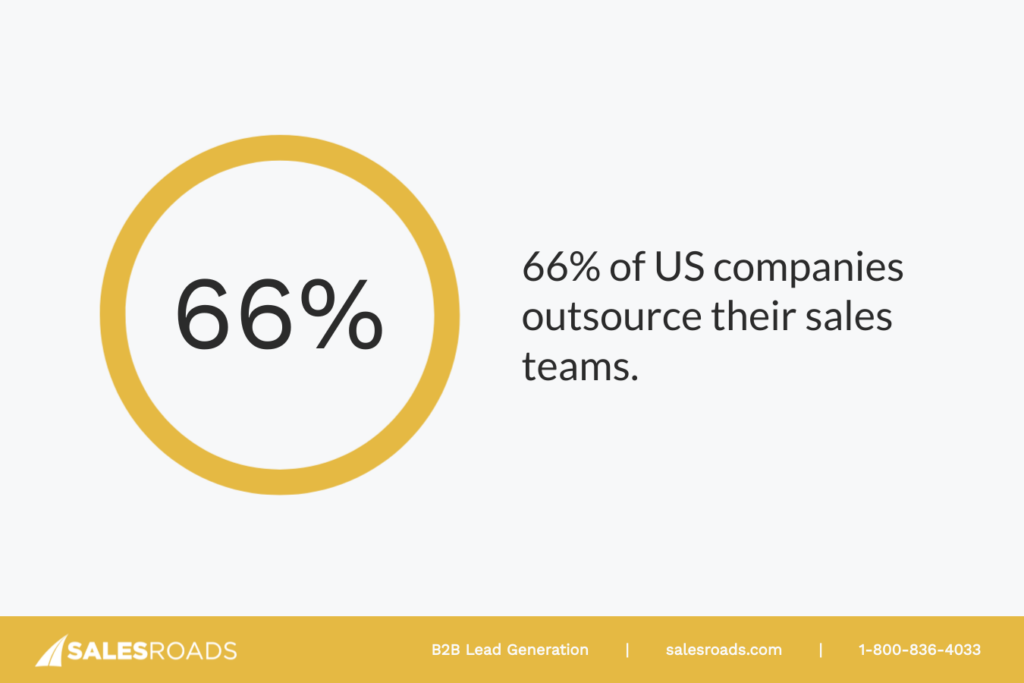Lead generation is crucial for sales-focused organizations, serving as the foundational step toward successful conversions. Despite its importance, 68% of companies face challenges in generating leads. This complexity arises from the need to navigate diverse strategies and channels to pinpoint and nurture potential customers effectively.
Yet, attracting B2B leads isn’t an insurmountable task with the right lead generation strategies in place.
Best Lead Generation Strategies That Generate B2B Leads
Here are the top lead generation strategies for capturing B2B leads effectively:
Personalized Cold Outreach
Cold outreach remains a critical strategy in acquiring leads. This method involves contacting potential customers through cold calls and emails, customized to meet their unique needs and interests.
Understanding your target market is crucial for this strategy, allowing sales teams to develop messages that deeply resonate. Skilled cold calling opens avenues for immediate sales success. Conversely, cold emails give an opportunity to craft detailed, engaging messages that spark prospect interest.
The cornerstone of effective cold outreach is personalization. It involves using the prospect’s name, recognizing their company’s specific challenges, and proposing solutions tailored to their needs. This personalized touch not only captures attention but also lays the groundwork for enduring business relationships.
Success in cold outreach hinges on combining thorough research, relevant messaging, and perfect timing. It’s about delivering a message that truly matters, not just making contact.
Social Selling on LinkedIn
Today’s buying process often involves extensive online research and social media interactions. Thus, sales professionals must emerge as trustworthy advisors and social selling plays a key role here.
LinkedIn, a vast network spanning various industries and professional levels, offers valuable opportunities for B2B sales representatives to boost lead generation. LinkedIn users are actively seeking information and engagement, making it an ideal platform for identifying and nurturing leads.
Effective LinkedIn prospecting includes setting clear objectives, leveraging tools like Sales Navigator for targeted lists, and engaging prospects through content and interaction. Crucially, LinkedIn should be used for professional networking, not aggressive selling.
Abrupt sales pitches may repel potential connections. Instead, emphasize offering value and participating in meaningful dialogues, suggesting your products or services only when appropriate.
Strategic Referral Partnerships
Strategic referral partnerships capitalize on networking to generate premium leads. This approach involves creating alliances with businesses or individuals who can refer their clients to your services.
The foundation of a successful referral partnership is mutual trust and benefit. It starts by identifying partners with a similar customer base but without direct competition. The goal is to add real value to your partners’ clients, creating a win-win situation for everyone involved.
Nurturing these partnerships demands regular communication, providing user-friendly referral tools, and possibly offering incentives. These alliances not only expand your reach but also enhance your credibility, as referrals typically come with pre-established trust.
Leveraging Quality Content
Quality content is pivotal in inbound lead generation. It’s about producing and sharing content that is valuable, relevant, and consistent to attract and engage a defined audience.
More than mere promotion, this strategy aims to position your brand as an industry thought leader. Through insightful articles, informative blogs, detailed whitepapers, and engaging videos, you can address your target audience’s queries and needs.
Content marketing’s strength lies in its ability to establish trust with potential customers. As they engage with your content, they become familiar with your expertise and solutions, guiding them through the sales funnel from awareness to decision.
To optimize content marketing, understanding your audience’s interests and challenges, consistently creating high-quality content, and using various channels for effective distribution are crucial.
Outsourcing When Needed
Outsourcing lead generation is attractive for enhancing sales processes efficiently without internal strain. Yet, many businesses are hesitant to entrust this critical function to external parties.
This reluctance is often due to misconceptions about limited understanding, unrealistic expectations with insufficient investment, and focusing too much on lead quantity rather than quality.
Zippia reports that 66% of U.S. companies opt for outsourcing lead generation, driven by its inherent challenges and the potential for growth.

Reasons for choosing outsourcing include:
- Overburdened account executives can refocus on closing deals, boosting productivity, and enriching customer interactions.
- In new markets, outsourcing provides immediate access to expert knowledge and established strategies, saving time and reducing risks.
- The right outsourcing partner fills skill gaps with training and support, reducing turnover and enhancing sales initiatives.
- Outsourcing mitigates common mistakes in lead generation, offering an experienced team that delivers faster ROI with their proven methods.
Bottom Line
Mastering lead generation requires a balanced mix of inbound and outbound tactics. Identify and effectively integrate the methods suited to your business into your pipeline.
If outbound strategies seem overwhelming, consider collaborating with a specialist who can contribute to your revenue generation immediately. The key is strategically blending various approaches for optimal lead generation, kickstarting business success from the beginning.











